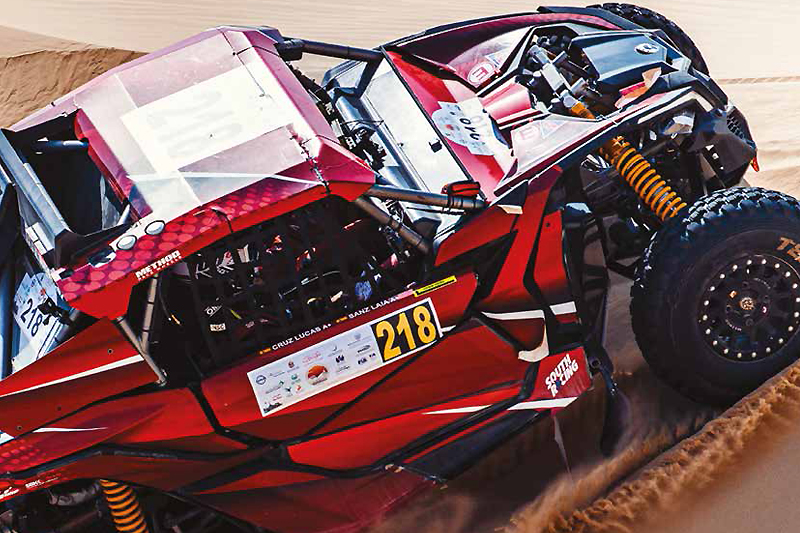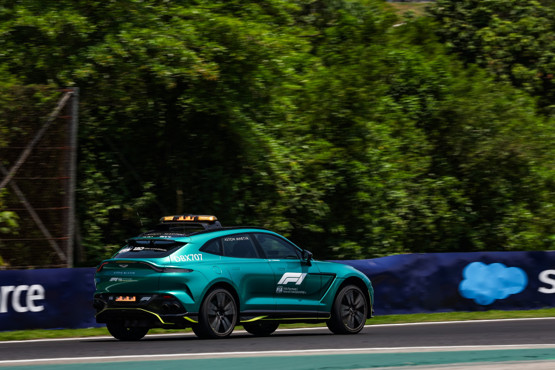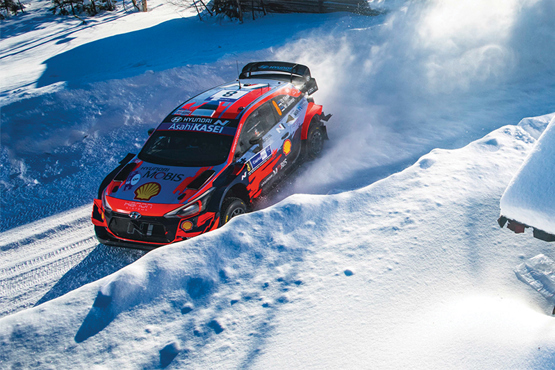THUMS … Total Human Model for Safety
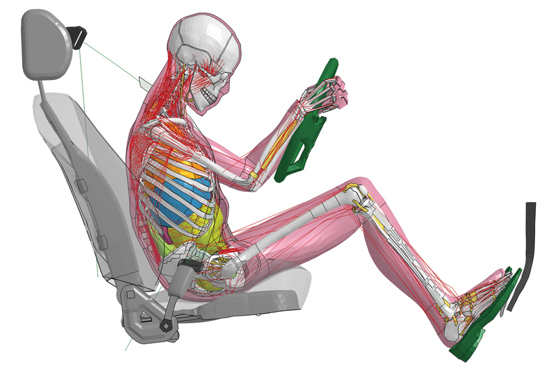
Since the 1950s, vehicle crash testing has been conducted and become an integral and necessary part of safety development for both road and racing vehicles. A part of this science is the ‘crash test dummy’, a full-scale anthropomorphic test device that simulates the dimensions, weight proportions and articulation of the human body.
THUMS (Total Human Model for Safety) is a computer model that represents the human body, able to simulate injuries for real-life safety research that is difficult to measure on crash test dummies. Supplementing the existing methodology of full-scale real car crash testing, THUMS and the continual advance in computer capabilities is allowing the testing to move into the virtual world. Multiple changes to vehicle design, be that the seats, seatbelts, or chassis can now be iterated through to determine the safest installations, as well as allowing accident and injury reconstruction.
Crash test dummies are instrumented and able to provide actual numerical data such as velocity of impact, deceleration rates, crushing force, bending, folding or torque of the body when they are installed in vehicles subjected to crash testing.
THUMS (jointly developed by the Toyota Motor Corporation and Toyota Central R&D Labs., Inc.) is so sophisticated, it can simulate many different aspects of the human form, from skin and bone to muscle tissue and internal organs, allowing virtual methods to be used to understand the extent of injuries people might suffer or have suffered in an accident. This data can then be used to affect change to reduce or prevent the injury from occurring.
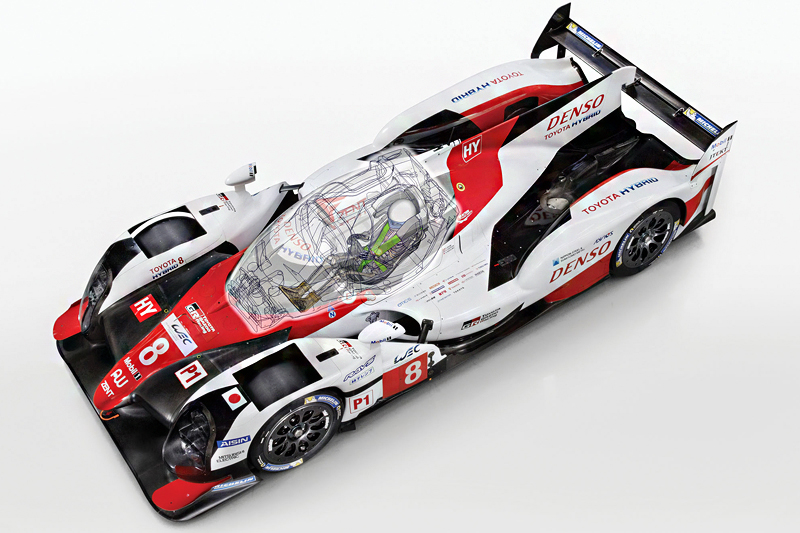
The FIA and research partner Toyota, with funding from the FIA Foundation, focused on the recreation of specific motor sports crashes which resulted in spinal injuries. The project developed through multiple stages, initially with data from the single seater race car category followed by rally cars and finally closed cars.
“THUMS provides a huge amount of detail about what happens to the body in a high-speed accident and is therefore extremely useful for motor sport safety research‚” said Tim Maylon, FIA Head of Research. “The processing power of THUMS is impressive with the simulation of the body made up of over 10 million elements that accurately reproduce the human form.”
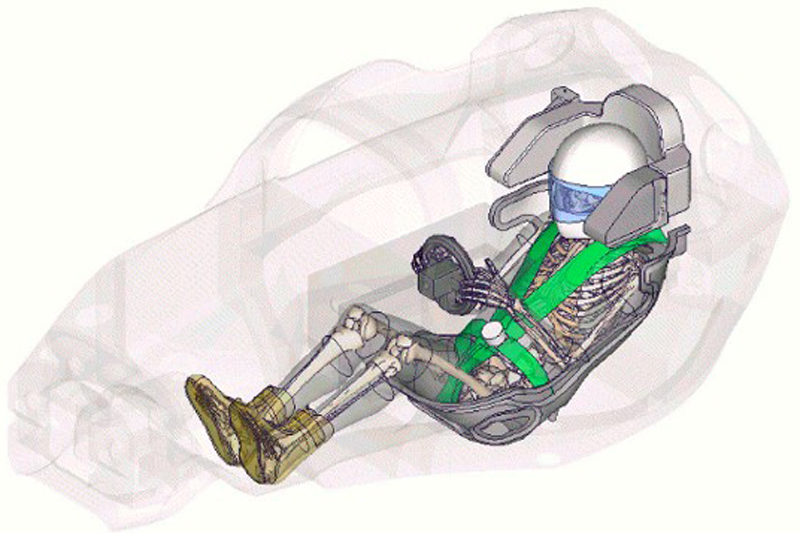
Crashes picked for review needed precise real-world data, video, and accurate medical reports of injuries for reconstruction in the virtual world with the help of THUMS. The cooperation of the race teams that were involved in the original crashes was essential to allow access to the data collected on the cars. On-board accident data recorder information, chassis information and on-board videos coupled with circuit videos, medical reports and onsite crash data measurement are all required for accurate reconstruction.
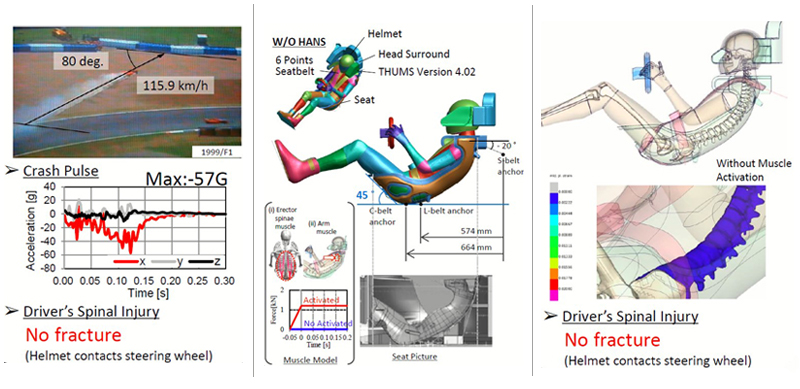
The steps above illustrate the process for accident reconstruction. Each crash studied required a complete virtual model of the car and either a single or double THUMS occupant in the case of a Rally car to be created. Exact replication of seat positions, seatbelts, and the driver’s seat itself was essential to successfully reproduce the loads that the actual occupant was subjected to in the original accident.
THUMS has proved very effective for the analysis of the complex interaction between the occupant’s body and the car in high-speed crashes. The results from the virtual simulations have been able to accurately replicate the extent of the injuries that actually occurred in the accident, giving confidence in the expectation of being able to implement and test changes in the virtual world with high probability that the benefit will occur in reality.
